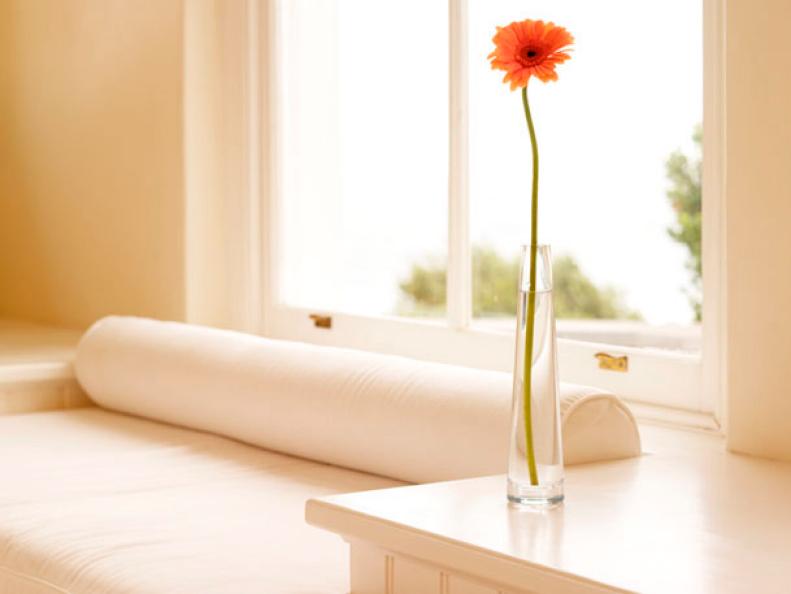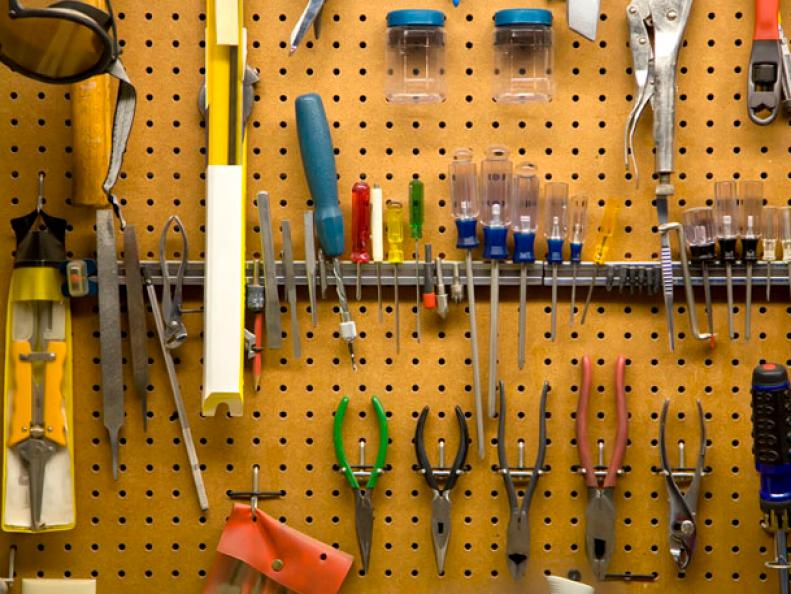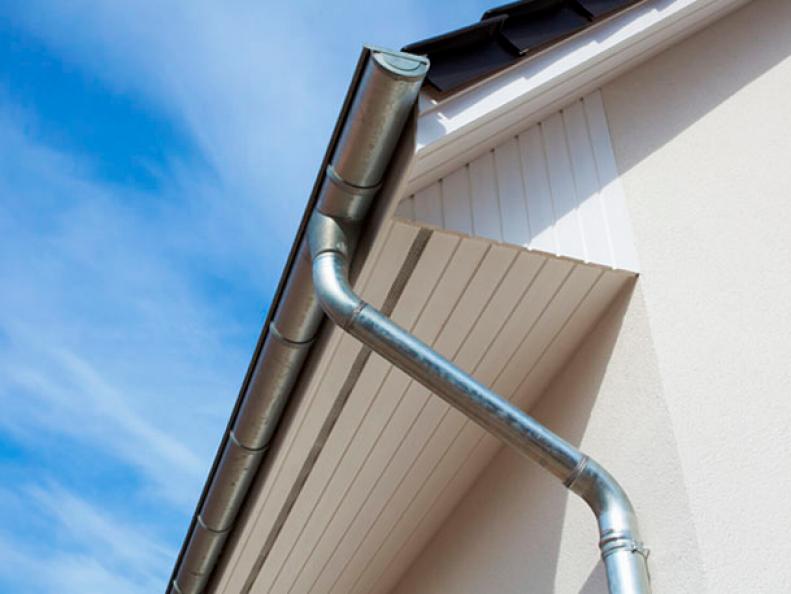1 / 11
Healthy Living
Your personal health is directly related to your home’s health. For example, poor indoor air quality, a major symptom of a "sick" building, can indicate larger problems with dust, insects, chemical contaminants and mold — and produce a range of acute and chronic illnesses in humans.
To keep your home healthy, it's important to understand the hallmarks of a healthy home and the threats that can jeopardize it — and your own well-being.
To keep your home healthy, it's important to understand the hallmarks of a healthy home and the threats that can jeopardize it — and your own well-being.









